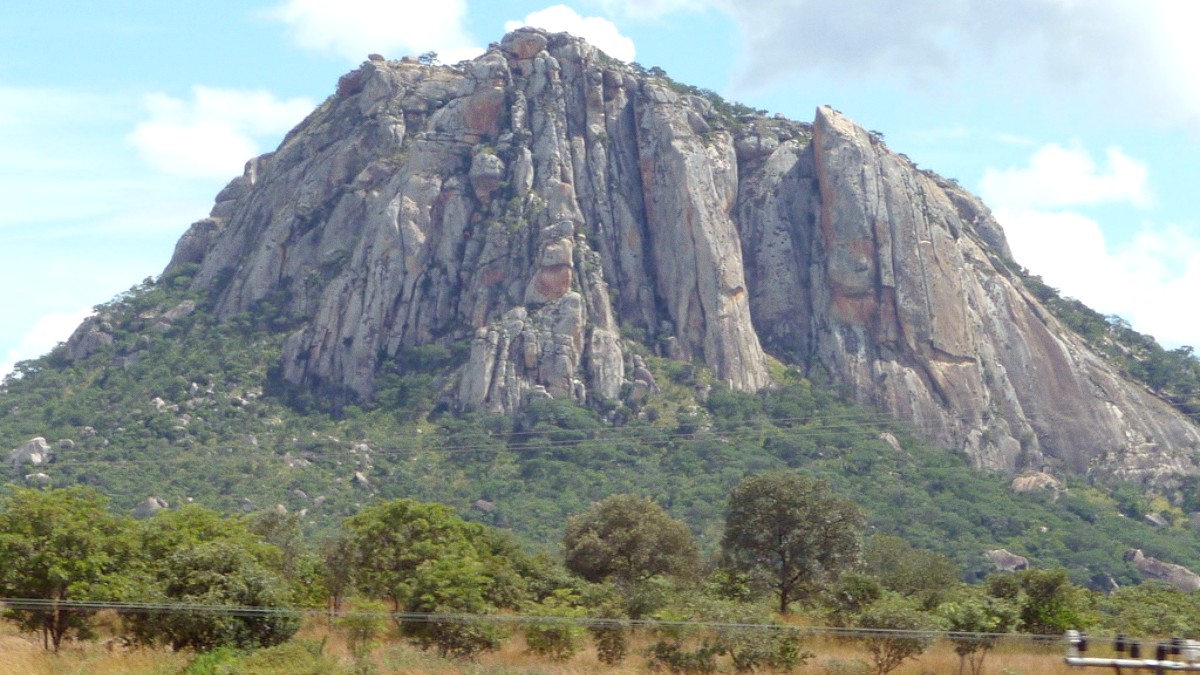
Zimbabwe
Approximately 35 kilometers (22 miles) south of Bulawayo. The drive typically takes 45 minutes to an hour.
Best reached by private car rental, taxi, or through an organized tour. Roads to the park entrance are generally good, but within the park, a 4x4 vehicle is recommended for certain sections, especially if you plan to explore less-traveled areas or during the wet season.
The region around Bulawayo presents remarkable natural escapes, mainly on the unique landscape of Matobo Hills. These areas foster appreciation for geology, wildlife, and serene beauty.
Approximately 22 kilometers (14 miles) west of Bulawayo. The drive takes about 30-45 minutes. Easy to reach by private car, taxi, or an arranged tour. The road is paved and generally good.
Approximately 25 kilometers (15 miles) south-east of Bulawayo. Best reached by private car or taxi. It is not easily accessible by public transport.
Cultural excursions from Bulawayo foster engagement with Zimbabwe's rich history and rural life, giving perspectives beyond the urban environment. These trips often reveal ancient traditions and community spirit.
Nalatale Ruins and Dhlo Dhlo Ruins are significant archaeological sites from the Torwa and Rozvi Empires. They offer historical insight, though they are less developed for tourism and may need robust transport (often a 4x4) and local guidance to reach.
Arrangements through responsible tour operators can lead to visits to local villages around Bulawayo. This allows experiencing rural Zimbabwean life, observing traditional farming, and interacting with communities. These are genuine living communities, not commercialized tourist sites. Such visits offer cultural exchange and directly benefit local people.
Certain areas within Matobo Hills hold deep spiritual significance for the Ndebele people, serving as traditional pilgrimage sites. These areas, linked with ancestral spirits and traditional rituals, are accessed with respect and sometimes with local community permission.
These sites are further from Bulawayo than Khami. They need robust transport, typically a 4x4, and local guidance for access. They mirror Khami's historical insight but are less touristed.
Engage with communities and observe traditional farming. Choose tours that focus on respectful, mutually beneficial interactions. These visits directly support local people.
Bulawayo acts as an excellent starting or connecting point for multi-day extensions to other renowned Zimbabwean destinations. Combining these locations crafts a comprehensive and diverse travel itinerary for Western Zimbabwe.
The world-renowned waterfall on the Zambezi River, in the far northwest. A majestic natural wonder and a hub for adrenaline activities (e.g., bungee jumping, white-water rafting) and additional wildlife viewing. It presents a striking contrast to Bulawayo's historical and granite landscapes.
Zimbabwe's largest national park. Famed for its large elephant herds, significant lion populations, and diverse wildlife. Hwange is a premier safari destination, presenting classic game drive experiences. It complements Matobo Hills by giving a different safari environment and broader wildlife viewing.
From Bulawayo, Victoria Falls and Hwange National Park are logical and popular extensions. They form a natural tourism circuit in western Zimbabwe, enabling travelers to experience culture, history, natural wonders, and safari.
Flights between Bulawayo, Hwange, and Victoria Falls give significant travel time savings.
Familiarize yourself with visa and border crossing requirements for neighboring countries like Botswana.
Book safari lodges and activities in Hwange well in advance, especially during peak season.